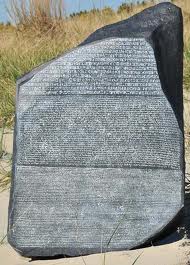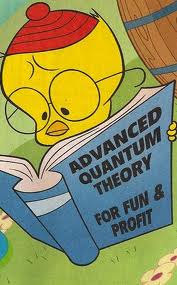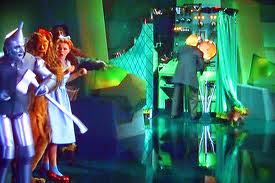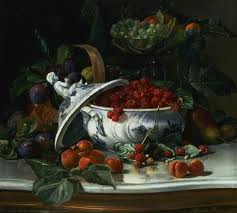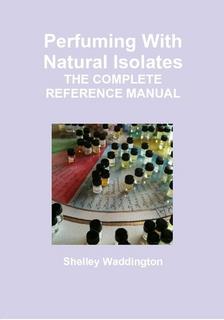When a parfumista reads about a new perfume, there are always “notes” listed in its description or reviews. However, when you buy the perfume and look at the back of the box, very few ingredients (other than “Parfum/Fragrance” and alcohol) are familiar to most of us. What Shelley Waddington has done with her new book, "Perfuming with Natural Isolates", is to fashion a veritable Rosetta stone for deciphering what is actually IN your juice! Egyptologists had a vague idea of what many symbols meant in Egyptian tombs and scrolls; like I have a vague idea what linalool is. But, until the finding of a stone that had the exact same passage carved on it in Greek, Demotic and Egyptian hieroglyphs they were not completely sure. This thin tome is indispensable to avid label readers (like me) who want to know what’s REALLY in our perfumes and is, in effect, a Perfume Rosetta Stone…
The book opens with a definition of what a “natural isolate” is and descriptions of many of the most used natural isolates in perfumery, where (or what) they come from along with an in-depth example. Basically, an isolate is a fragrant compound found in natural items (flower, spice, fruit, herb, etc.) and extracted through scientific methods. Many are used in perfumes and cosmetics. Others are used in foods. Most chapters of this book happen to include a “Just for Fun” recipe or blend, and there are interesting facts and articles pertaining to the subject matter.
The second part lists briefly how many of these isolates are created and even includes a study guide section left blank for you (should you chose) to take notes. Please do not think this book is only for science geeks or that you have to have some string of letters after your name to understand it; you don’t. I have the most basic chemistry background with a focus on herbalism and I found this quite easy to understand. For those who are not quite so science savvy, Shelley has included a very thorough glossary at the end.
The third (and largest portion) contains monographs for the isolates discussed. These include beautiful pictures, scent descriptions, molecular diagrams, sources, storage tips and safety warnings and also what famous perfumes have used these substances. Many of these monographs contain experiments and a few recipes for the “foodies” among us. Though many may find this a rather “dry” read, many of us, who would like to know what all those multisyllabic words hyphenated with numbers that are virtually unpronounceable are, will thoroughly enjoy this.
The last section is a Q&A section about where you can find these isolates, how long they last and what makes “top middle and base” notes what they are. There are also formulas and tables aplenty in this wonderful reference guide. Many of the queries are from students Shelley has had in the past and from other people interested in the “magic” that goes on in the making natural perfumes.
You do not (I repeat DO NOT) have to be a perfumer to enjoy this! If you are even vaguely interested in peeking “behind the curtain” to see what these “wizards” who make our beautiful perfumes are actually up to and using…you will, no doubt, enjoy this. And, if you are thinking of possibly ever making your own perfume (or even blending a few oils or isolates, just for fun) this is the quintessential reference book you should have at your side.
“Perfuming with Natural Isolates” is a “reference manual” after all, so do not expect an “I couldn’t put it down” up half the night page turner. What you can expect, my fragrant friends, is a very user friendly guide to the chemistry behind using chemicals used in natural perfume making and a whole lot of interesting information. (For example: raspberry ketone comes from anise seeds). If you are even the least bit curious about what really goes in those gorgeous bottles, pick up a copy; I’m glad I have mine and love to use it to “decipher” all that gibberish on the back of my boxes and keep it handy at all times.
Disclosure: This book was provided by Shelley Waddington for the purpose of this review
–John Reasinger, Editor
To buy your copy click here

